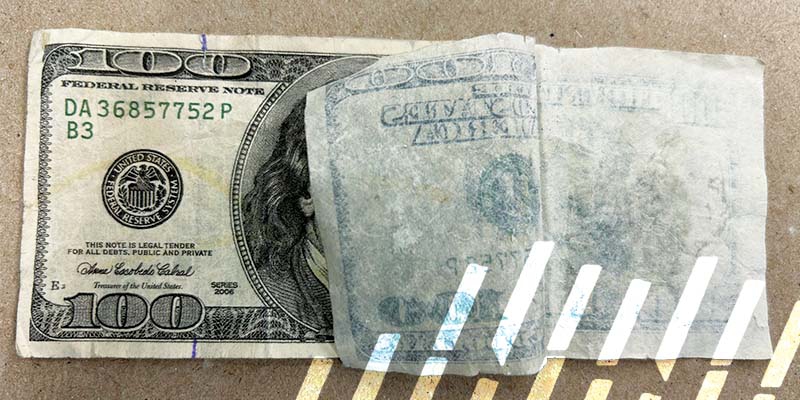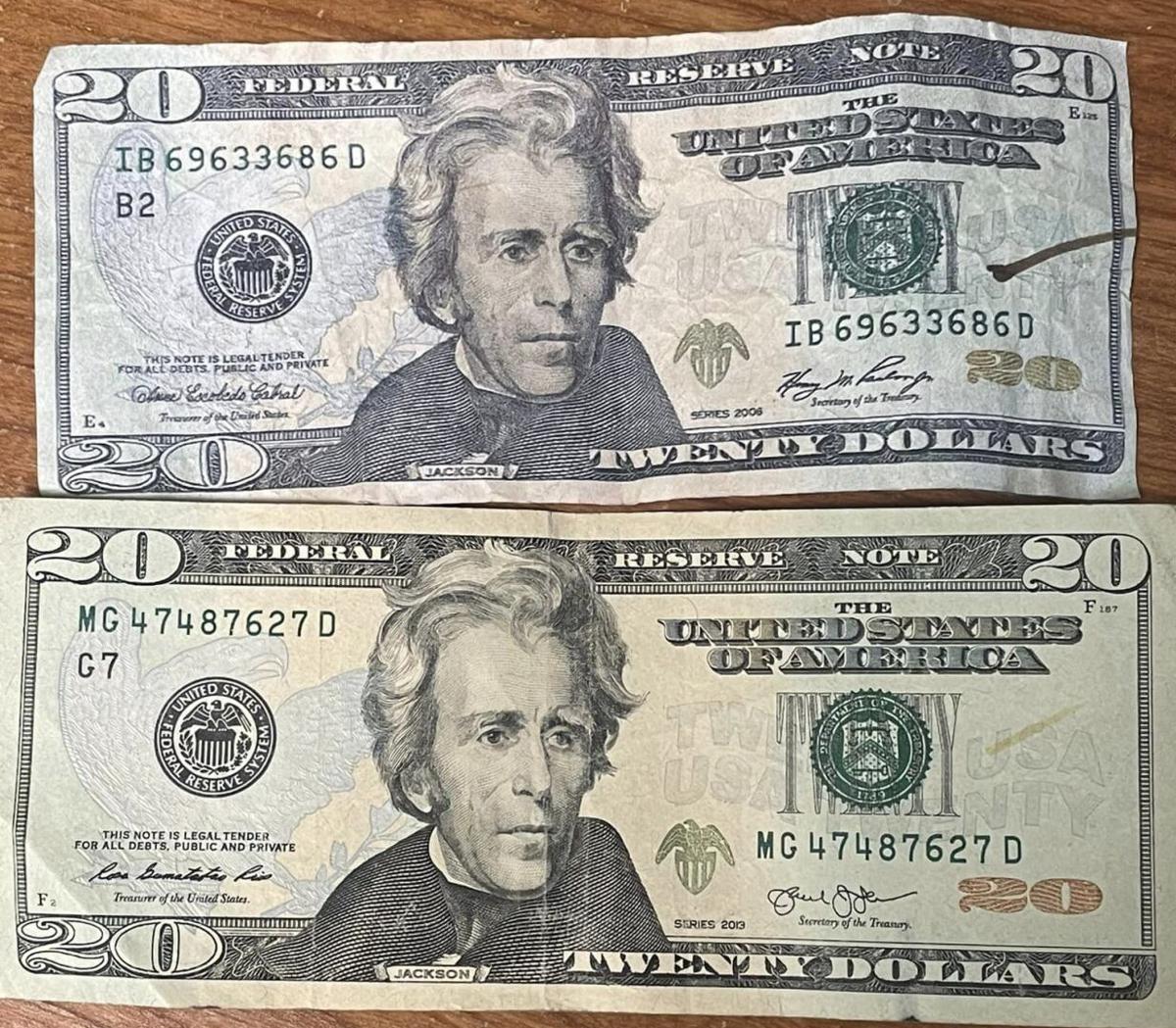Open Opportunities: Where to Find Funny Money up for sale
Open Opportunities: Where to Find Funny Money up for sale
Blog Article
Discover usings Funny Money in Artistic Creations and Theatrical Performances
copyright cash, usually identified with deception and outrage, holds a strange allure when it discovers its way into the world of artistic developments and staged performances. As we dig right into the diverse uses of phony cash in these creative domains, we start to reveal a world where credibility and replica blur, triggering us to question the very nature of value and representation within art and performance.

Historical Value of Funny Money in Art
The historic value of funny money in art is a complex and intriguing topic that clarifies the junction of creativity, subversion, and socio-political commentary. Throughout history, artists have made use of funny money as a tool for difficult societal standards, questioning the value of currency, and making effective declarations about riches and power.
Among the most remarkable examples of imitation cash in art days back to the Dada activity of the very early 20th century - copyright money for sale. Artists such as Marcel Duchamp and Hannah Höch incorporated phony currency into their works to criticize the capitalist system and explore the principle of value in a quickly transforming world
Furthermore, throughout times of financial instability or political turmoil, funny money has been used by musicians as a kind of objection or rebellion. By developing and distributing copyright, musicians have actually had the ability to interfere with the status quo, obstacle authority, and prompt essential discussions about the duty of money in society.
Influence of Imitation Currency on Visual Arts
By incorporating phony cash right into their jobs, artists provoke discussions on the nature of worth, credibility, and social perceptions of wide range. The usage of phony money in art also elevates honest factors to consider pertaining to the borders of imaginative expression and the effects of duplicating lawful tender. Generally, the effect of phony money on aesthetic arts is complex, boosting crucial reflections on the intersection of money, art, and societal worths.
Meaning and Significance in Theatrical copyright Displays
Utilizing staged copyright display screens, musicians utilize symbolic representations to share much deeper definitions and stimulate thought-provoking interpretations within the world of performance art. With the consolidation of funny money in theatrical productions, developers can check out styles such as greed, power, corruption, and the impression of wide range. Using copyright on stage can act as a metaphor for societal issues, economic differences, and the frailty of financial systems.
In staged performances, the symbolic value of funny money extends past its monetary well worth. It can symbolize the deceitful nature of appearances, the search of materialistic wishes, and the effects of dishonest behavior. By making click to find out more use of funny money as a prop, artists can test audiences to examine truth definition of wealth and the moral borders that people may go across in its pursuit.
Moral Considerations in operation Funny Money for Art

One major honest consideration is the prospective legal effects of making use of copyright in art. Counterfeiting money is prohibited in many nations and can bring about significant effects for artists that intentionally include imitation costs right into their job. copyright money for sale. This not just places the musician at threat yet additionally raises concerns about promoting illegal activities through art
Furthermore, there is an honest issue relating to the credibility of the artwork itself. Utilizing phony cash blurs the line between reality and imitation, possibly tricking customers and endangering the stability of the imaginative item. Artists should take into consideration whether the usage of funny money aligns with their values and artistic objectives, evaluating the potential influence on their track record and credibility.
Future Fads in Funny Money Combination
Considering the evolving landscape of imaginative expression, the unification of funny money in creative works might witness a shift in the direction of cutting-edge and intriguing opportunities. As artists proceed to press borders and explore brand-new mediums, funny money can significantly be utilized to test societal standards, question the worth of money, or make effective statements about wide range and consumerism.
One future pattern in phony money combination might be its use in immersive art installments where audiences are motivated to engage with the items, obscuring the lines between truth and illusion. In addition, developments in modern technology might result in the development of hyper-realistic phony money that is essentially tantamount from authentic currency, opening up possibilities for much more elaborate and comprehensive artworks.
Moreover, cooperations in between counterfeiters and musicians can result in unique pieces that integrate conventional imaginative methods with the craftsmanship of creating phony cash. Honest factors to consider bordering the legitimacy and principles of utilizing copyright money in art will certainly proceed to be a factor of contention as these future patterns unfold.
Final Thought
To conclude, making uses of funny money More Bonuses in theatrical performances and imaginative creations have a long history and continue to be a source of motivation for musicians. From its historic significance to its impact on visual arts and you can check here symbolism in theatrical display screens, fake cash plays a distinct role in the art world. However, honest factors to consider have to be taken into consideration when making use of funny money for imaginative purposes. The integration of fake cash in art is likely to continue evolving in the future.
Generally, the influence of copyright money on aesthetic arts is diverse, promoting essential representations on the crossway of money, art, and social values.

In verdict, the usages of copyright money in imaginative creations and theatrical performances have a lengthy background and proceed to be a source of motivation for musicians. Ethical considerations have to be taken into account when making use of copyright cash for imaginative purposes. The combination of imitation money in art is most likely to continue progressing in the future.
Report this page